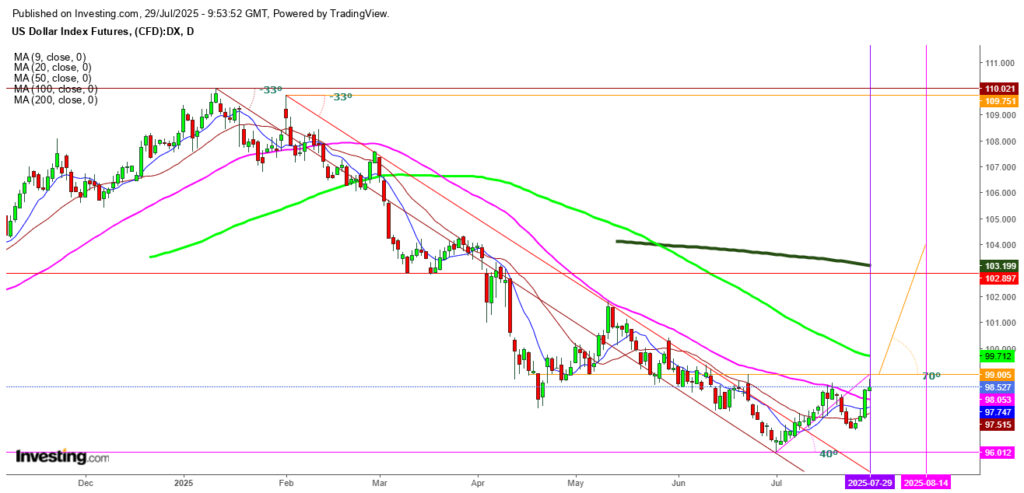In an intricate dance of economics and international trade, the recent developments between the United States and the European Union have marked a significant milestone. Following a Sunday agreement that lays out a framework between these two massive trading entities, there has been a discernible shift in market dynamics, especially regarding the concerns of ever-heightening tariffs. This agreement, seen as a beacon of hope, appears to have eased the ongoing tensions somewhat, albeit not without leaving certain skepticism trailing behind, particularly in relation to the trade ties between the United States and China.
The crux of the matter lies in China’s pivot towards using the petroyuan for crude oil purchases, a move that has seen acceptance from Saudi Arabia and some Gulf nations. This shift not only challenges the hegemony of the US dollar in the global oil market but also introduces a new layer of complexity in international trade relations.
The stance of the United States, under the leadership of President Donald Trump, leans towards maintaining the supremacy of the US dollar. Amidst these geopolitical and economic tangles, President Trump’s strategy seems to be a mix of assertiveness and brinkmanship, particularly as we approach the trade tariff deadline set for August 1. The possibility of extending this deadline looms large, signaling a time of uncertainty and apprehension among investors globally. The market, which thrives on predictability and stability, finds itself at a crossroads, watching closely for President Trump’s next maneuver in this high-stakes game of trade negotiations.
The implications of these developments have been vividly observed in the commodities market, notably in the fluctuations of gold futures. After experiencing a downward trend for four consecutive days, gold futures saw a minor reversal on a Tuesday. However, they struggled to maintain their ground above the immediate support level, the 50 Daily Moving Average (DMA) at $3365. This struggle comes in the backdrop of a resilient US dollar, which has asserted its strength with a significant leap. The strength of the dollar is a double-edged sword in the commodities market, making gold, a traditionally sought-after safe haven, less attractive to international buyers due to the increased costs.
Moreover, the technical analysis of the market reveals some critical insights, especially when examining the weekly and daily charts for gold futures. A significant sell-off was recorded after gold futures tested a high at $3508, only to close at $3391. This movement resulted in what is technically referred to as an ‘exhaustive hammer’, indicating potential for bearish pressure in the ensuing period. A breakdown below the support level of $3357 could herald a selling spree.
Conversely, any upward trajectory faces stiff resistance, particularly at levels above the 9 DMA at $3381. The daily chart analysis further underscores the delicate position of gold futures, poised at the brink of further decline if they breach the support at the 50 DMA. Yet, an upward move isn’t without its challenges, facing significant resistance and showcasing a bearish reversal trend indicated by the formation known as ‘three black crows’.
Given the volatile nature of these markets and the intricate interplay of global trade dynamics, investors are advised to tread cautiously. The information provided herein serves as an analysis based on current observations and should not be the sole basis for making investment decisions. The landscape of international trade and finance is complex and subject to rapid changes, often influenced by geopolitical developments, policy changes, and economic indicators. As we navigate through these uncertain times, the importance of informed decision-making cannot be overstated.
In conclusion, the unfolding events in the realm of international trade, and their subsequent impact on financial markets, underscore the interdependence of global economies. The United States, under President Trump’s administration, is navigating a tightrope of trade negotiations, with significant implications for the dollar’s strength and the allure of gold as a safe haven. As deadlines approach and negotiations continue, the world watches, waits, and wonders about the next chapter in this ongoing saga of economic diplomacy and its ramifications on the global stage.


